introDUCTION
At low and high volumes, the cost per part remains steady. 3D printing complex pieces is no more difficult than 3D printing basic parts.
Metal 3D printing may manufacture pieces that would be hard to fabricate using any other process. At low and high volumes, the cost per part of metal 3D printing is the same. With increased volume, almost every fabrication method in existence becomes less expensive on a cost-per-part basis. Casting, machining, and forming (to name a few) are excellent examples. They can be extremely expensive to adopt at low and medium volumes. They are, nevertheless, by far the most cost-effective approach to create a part on a big scale. This is due to the difference between overhead costs, which are the costs incurred to create a part, and per-unit costs, which are the costs incurred to make one extra part.
Casting and injection moulding are excellent instances of high overhead/low per unit costs because the distributed cost of the moulds required drives the part cost up to exorbitant levels at low volumes. However, because the additional cost per unit is so minimal, the overall part cost drops dramatically at huge volumes. The following is their cost/volume curve.
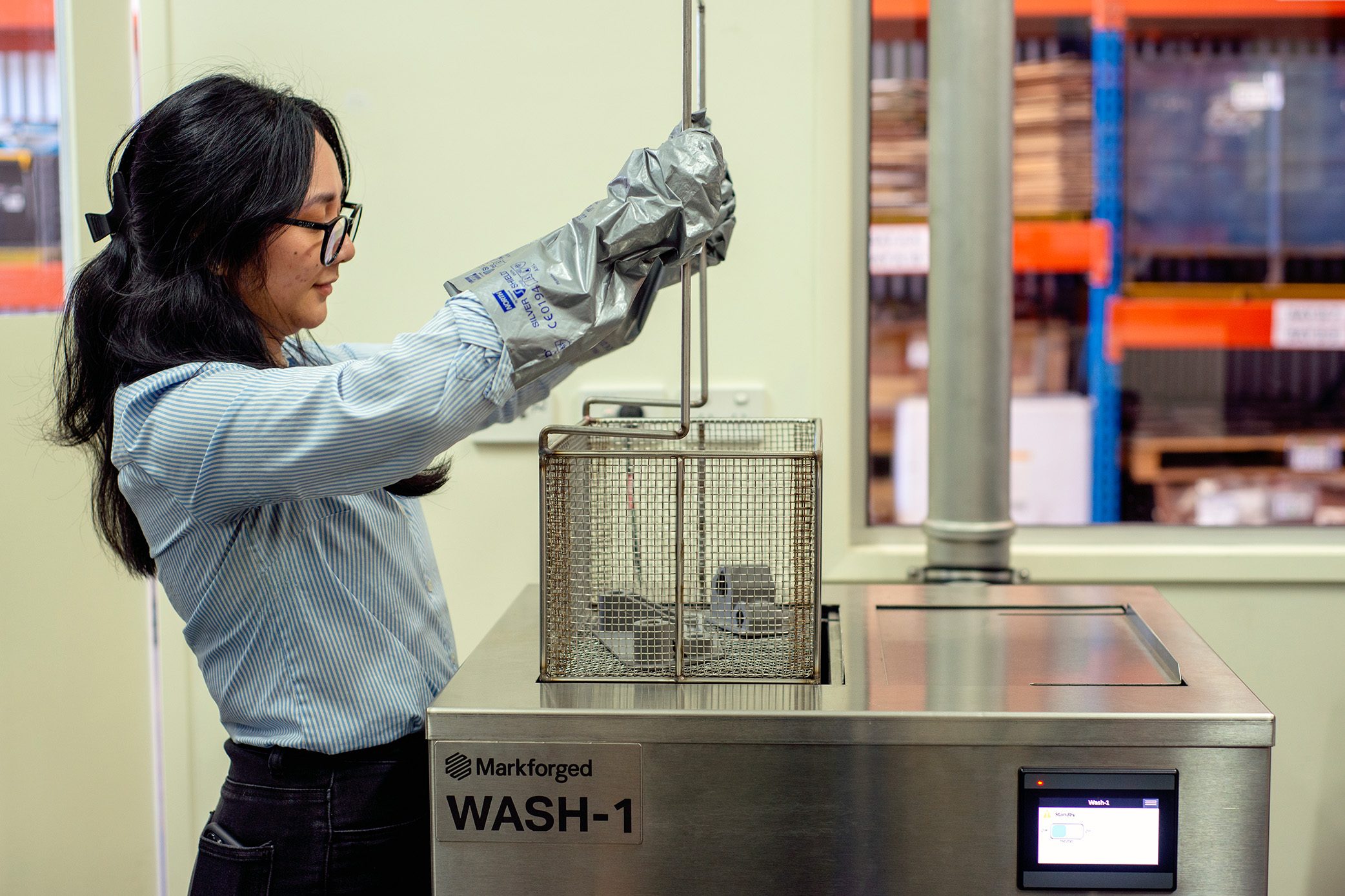
At low volumes, traditional fabrication has a high cost per part. As part volume grows, the cost per part falls dramatically in almost every manufacturing method. Metal 3D Printing overcomes this by employing a largely automated process with minimal overhead.
BENEFITS OF
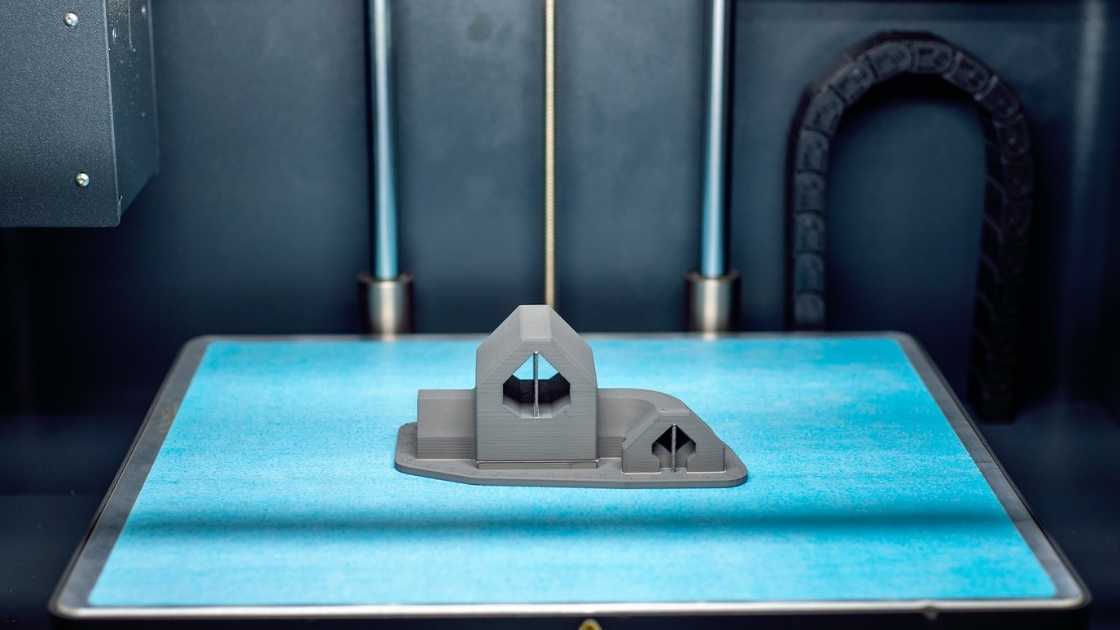
In the industry, metal 3D printing has become a constant trend. Its key advantage is that the spectrum of metals, alloys, and metallic composites that may be created with this technology is constantly expanding. Manufacturers can now create products with any required mechanical and chemical qualities using currently available 3D printing materials. However, there are a few further advantages to using 3D printing to make metal parts rather than traditional methods.
To begin with, the most well-known benefit of additive manufacturing is a speedier transition from the design stage to final part production. The majority of the time is saved as a result of the instrumentation. After the object has been 3D printed, no special equipment or machining devices are usually necessary to process it. The operator just needs to delete elements formed during the printing process, such as support structures. This allows for a substantial reduction in post-processing time. To modify the shape of the item, there is no need to tool it with milling or turning. Machining, which was formerly required to produce holes or add other connecting pieces, is no longer required. As a result of 3D printing metal parts, lead times are reduced to days rather than weeks.
Injection moulding may be a cost-effective way to produce huge quantities of the same elements. However, first the moulds must be made, and then the manufacturing line's pace, as well as the entire plant, must be improved. As a result, the initial part could arrive in 15 to 60 days, whereas with 3D printing, the lead time could be as short as 2 or 3 days.
Another benefit of using additive manufacturing to produce metal is the reduction in material waste. Raw material is added and created layer by layer in metal 3D printing, rather than being subtracted or carved out of a bulk solid figure. As a result, the material is only used where it is required, lowering the cost of the primary material used to make one component. As a result, 3D printing is a resource-saving technology.
When it comes to metal parts, 3D printing technologies enable the creation of one-of-a-kind and intricate structures. Some elements that cannot be casted and must traditionally be added to the element in post-production. Adding holes and threads, for example, necessitates machining the item after it has been removed from the mould. This lengthens the time and effort required to create a particular shape. Because of additive manufacturing, the part's intricacy does not result in higher expenses.
Test Your 3D Concept >
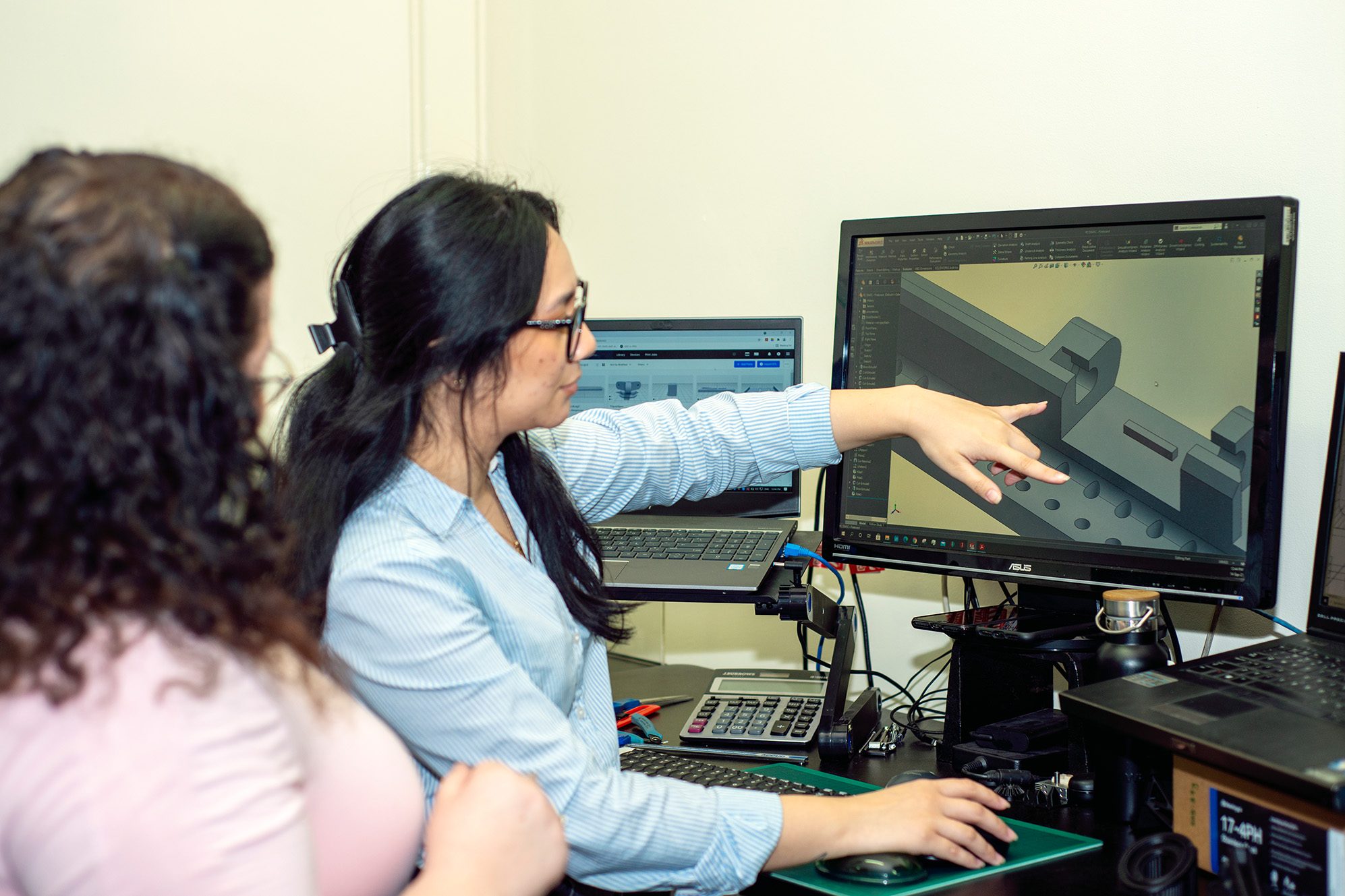
Conceptually having a tangible object can help you through the creative process. Retrocast 3D Printing will construct concept models that
mimic the appearance of production-run parts.
Learn More
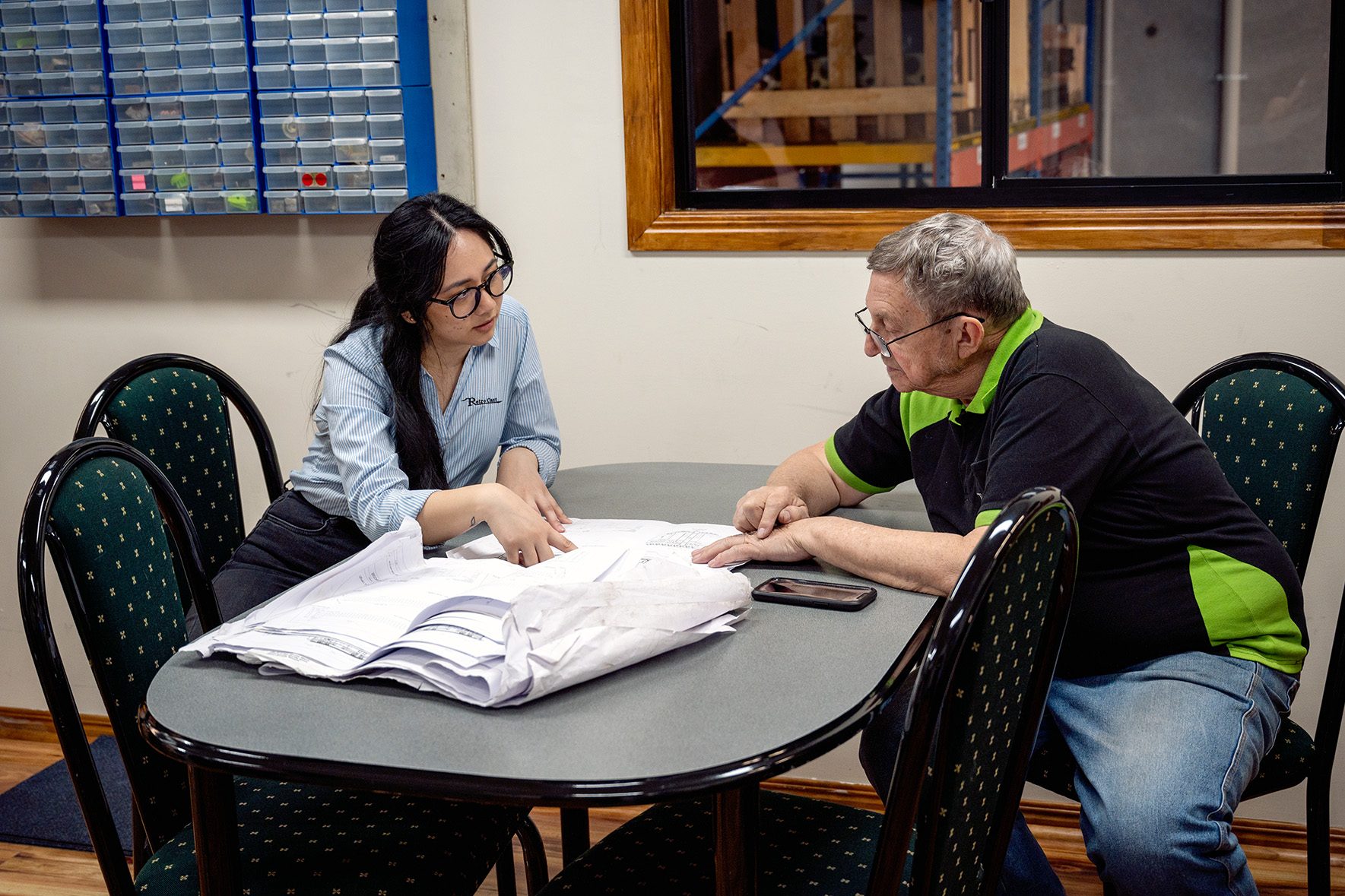
Display your design and relay the marketability of
your product. Create a market for your product before production. Send your 3D Concept to Retrocast 3D Printing to explore your
options and get a quote.
Get a Quote
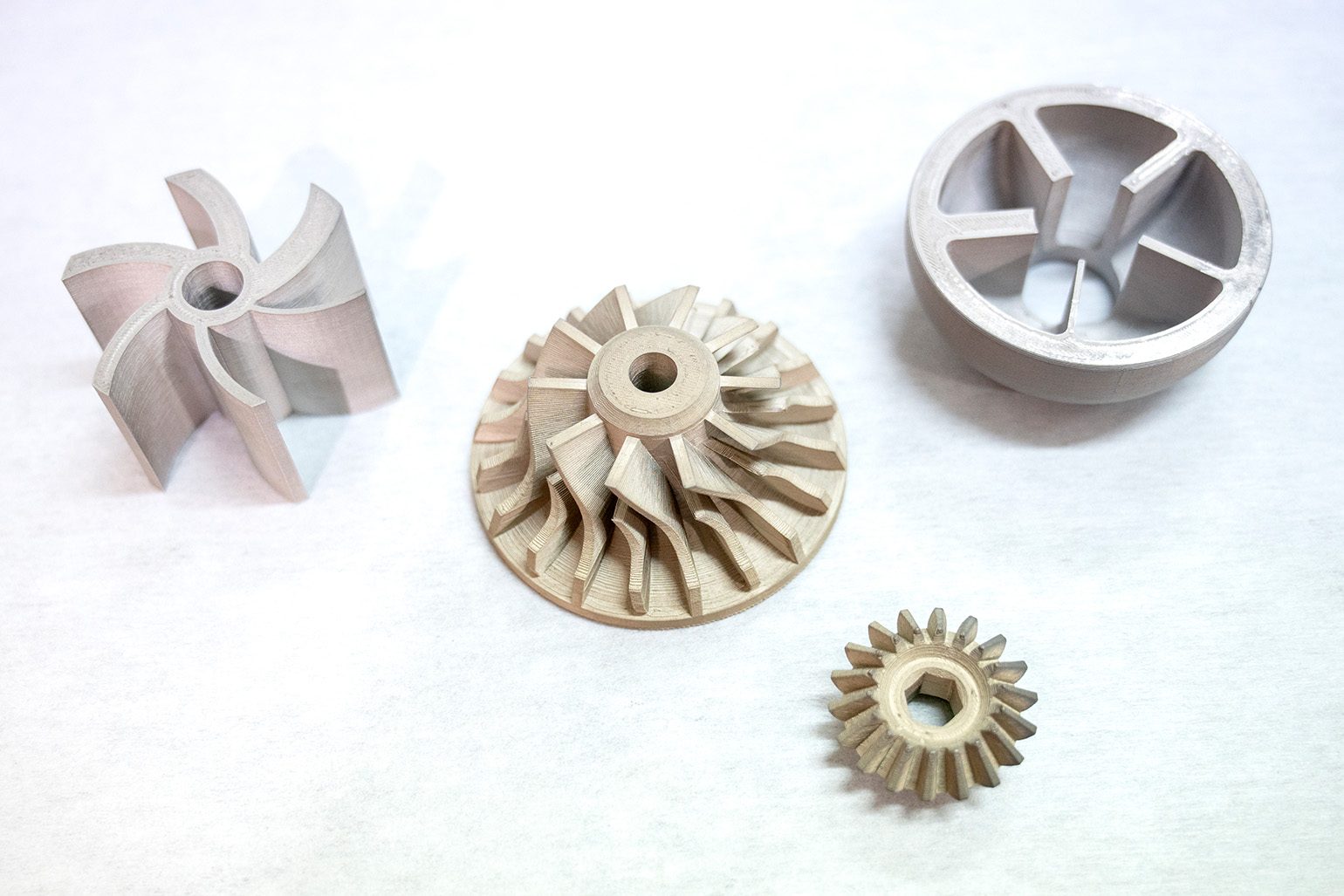
We can test your new product is doable prior to full production. Rapid prototyping services allows us to test the form, fit, and function of your prototype.
Ensuring durability and quality.
Discover More